The project is being implemented with the support of UNICEF Ukraine and with financial support from the Government of Norway.
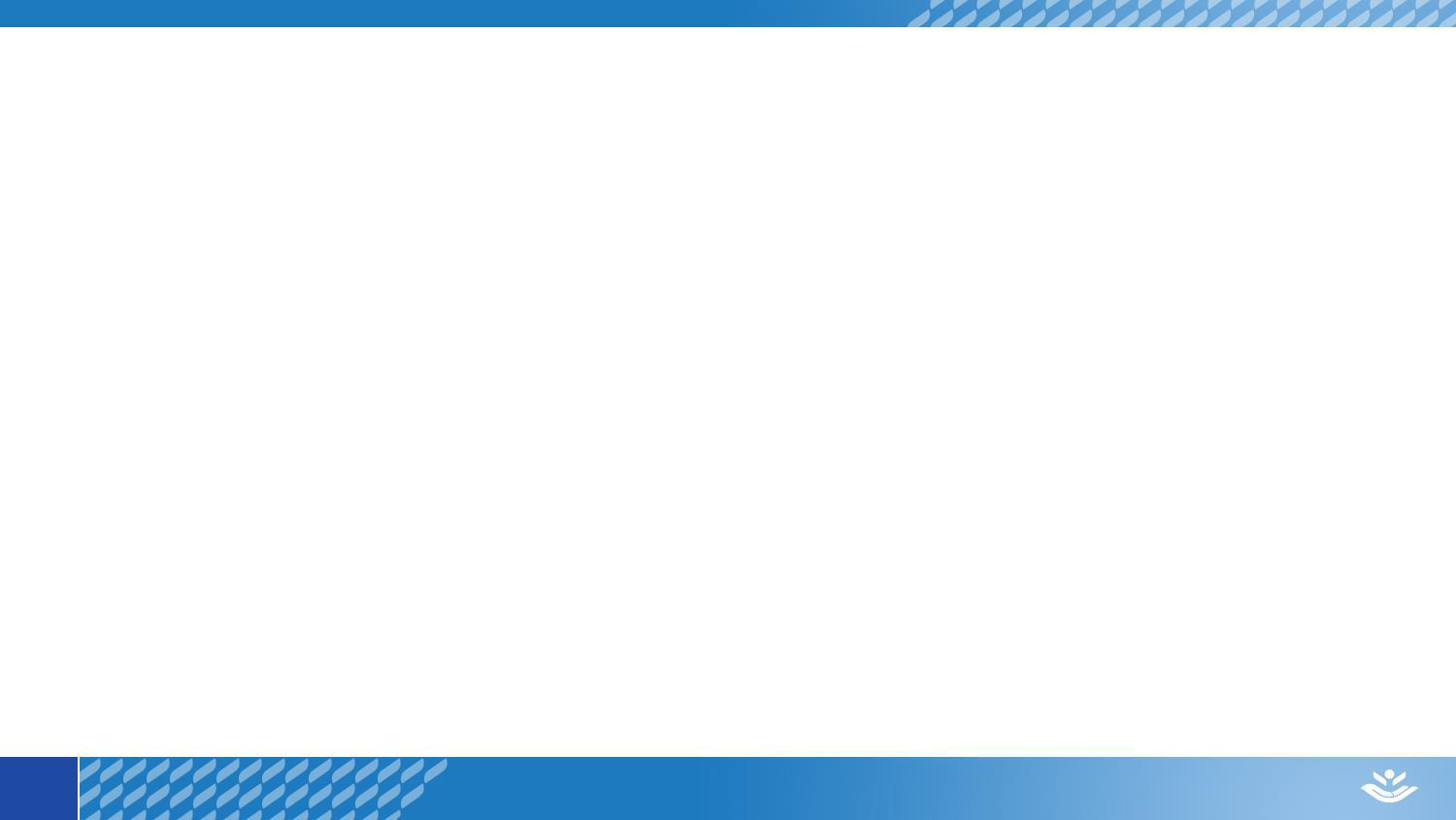
Implemented by: Partner:

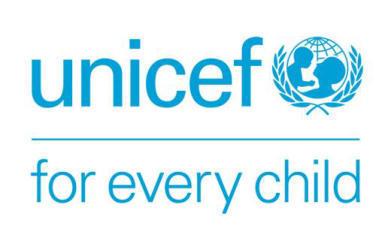

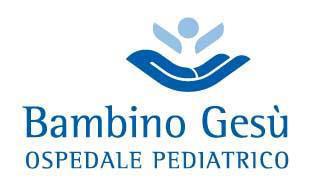

The project is being implemented with the support of UNICEF Ukraine and with financial support from the Government of Norway.

Implemented by: Partner:





Dott.ssa Caterina Delia
Physical medicine and rehabilitation (PM&R)
physician
DH Neuroriabilitazione e Attivit‡ Sportiva Adattata
OPBG-Palidoro

Each year, about 1,427 babies are born with spina bifida, or 1 in every 2,758 births.
Hispanic women have the highest rate of having a child affected by spina bifida, when compared with non-Hispanic white and non-Hispanic black women.

SB represents a significant cause of chronic disability for affected individuals
Motor and sensory dysfunctions associated with the neurogenic lesions in patients with SB might affect mobility
Furthermore, bowel and bladder dysfunctions were noted in approximately 76% of both children and adults with SB.
All these issues are associated to different degrees with limitations in both activities (mobility, self-care, cognitive function) and participation (study, employment and social integration) of these patients.










The rehabilitation team should conduct:

- Disability assessments in individuals with SD using multidimensional questionnaires
- Participation assessments with tools focusing on psychosocial domains of functioning

Quality of life and health-related quality of life assessments of individuals
• Pediatric Quality of life inventory (pedsQL)
• Child health Questionnaire (chQchild)
Spina bifida-specific instruments:
• Health Related Quality of Life Spina Bifida (hrQol-sb)
• Spina Bifida Pediatric Questionnaire (SBPQ)
• Family Quality of life instruments:
• Family Quality of Life (FQOL)



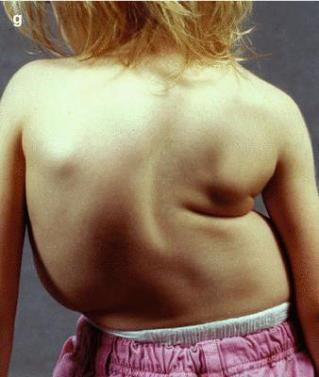

Hip dislocation, fractures foot deformity


Pressure ulcers







Contracture management
Cardiovascular-respiratory effects
Strength effects and endurance
Community engagement/household mobility
Bone density
Bowel and bladder evacuation
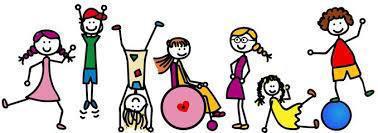
Facilitates ability to perform self-care activities
Reduce stress

In a majority of cases the patients need to use orthosis and/or wheelchair assistance to enable locomotion
(Rethlefsen et al., 2021




Rehabilitation treatment:
- 2 physiotherapy treatment per week
Orthosis/aids:
c
- NH T3 orthosis with a leftside lift and a NH T2 orthosis on the right
- Cheneau brace
Lipomyelomeningocele, surgically treated at birth, neurogenic bladder and a previous epicystostomy for vescicoureteral reflux.
Left clubfoot treated with casting at birth. She underwent bladder augmentation and bladder neck reconstruction for urinary incontinence in 2016.






Male, 7 Yrs
Awaiting to taken in charge for rehabilitation treatment
Orthosis/aids:
- Wheelchair, AFO orthoses and footwear no longer fit properly due to the patient’s growth
Myelomeningocele surgically treated at birth. VP shunt.
Paraparesis. Bilateral neurogenic clubfoot, surgically treated. Hip dislocation
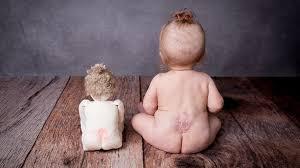


The follow-up pelvic X-ray showed a superolateral subluxation of the right femur with deformation of the acetabular roof

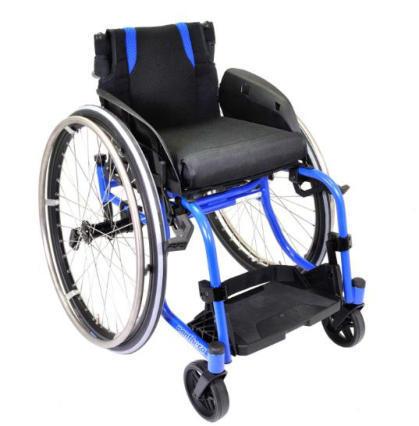
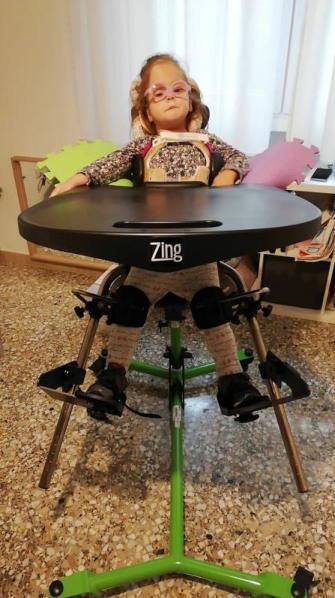
The follow ray showed a superolateral subluxation of the right femur with deformation of the acetabular roof


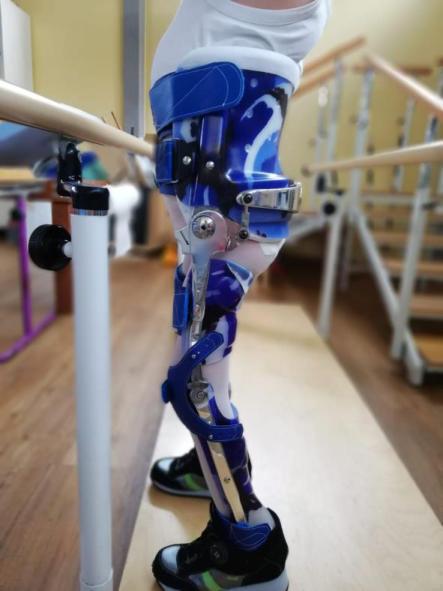



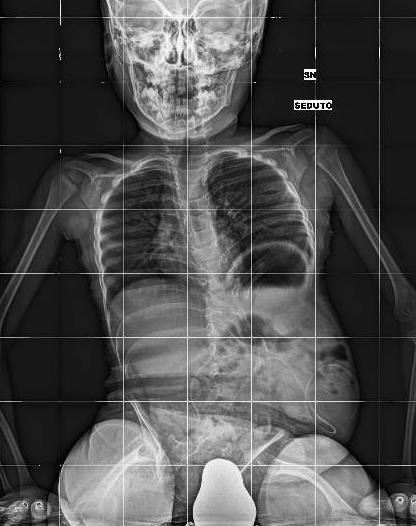

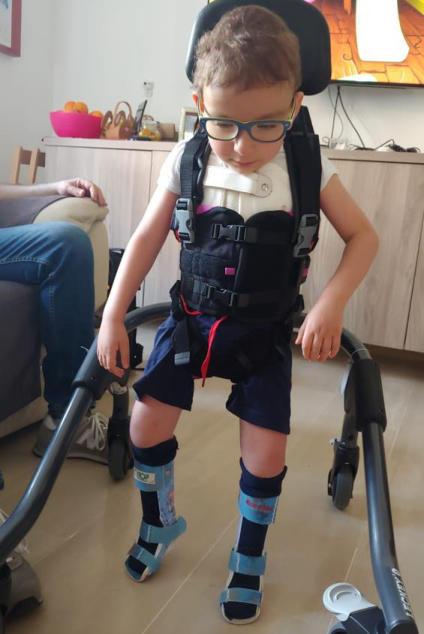

It’s a new global physiotherapy technology that applies robotics knowledge, along with high-intensity repetitive exercises, to improve mobility of patients with neurological disorders.



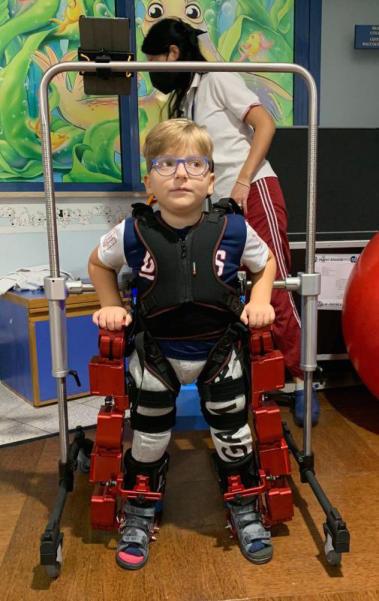





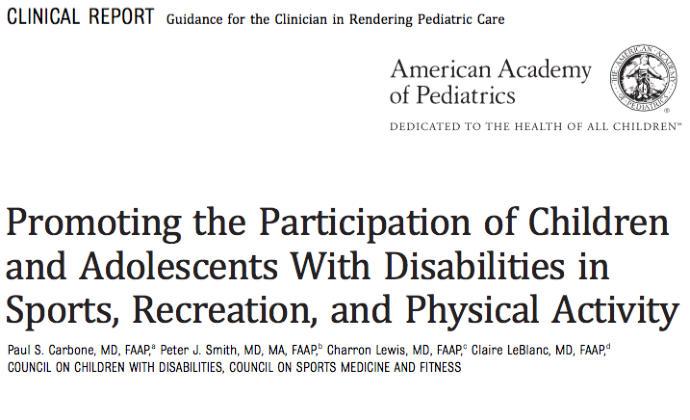


THANKS FOR THE ATTENTION
Il presente documento Ë stato elaborato da Ospedale Pediatrico Bambino Ges˘
I contenuti sono strettamente riservati; Ë vietata la riproduzione e la divulgazione, anche solo parziale, senza il benestare scritto di Ospedale Pediatrico Bambino Ges˘.